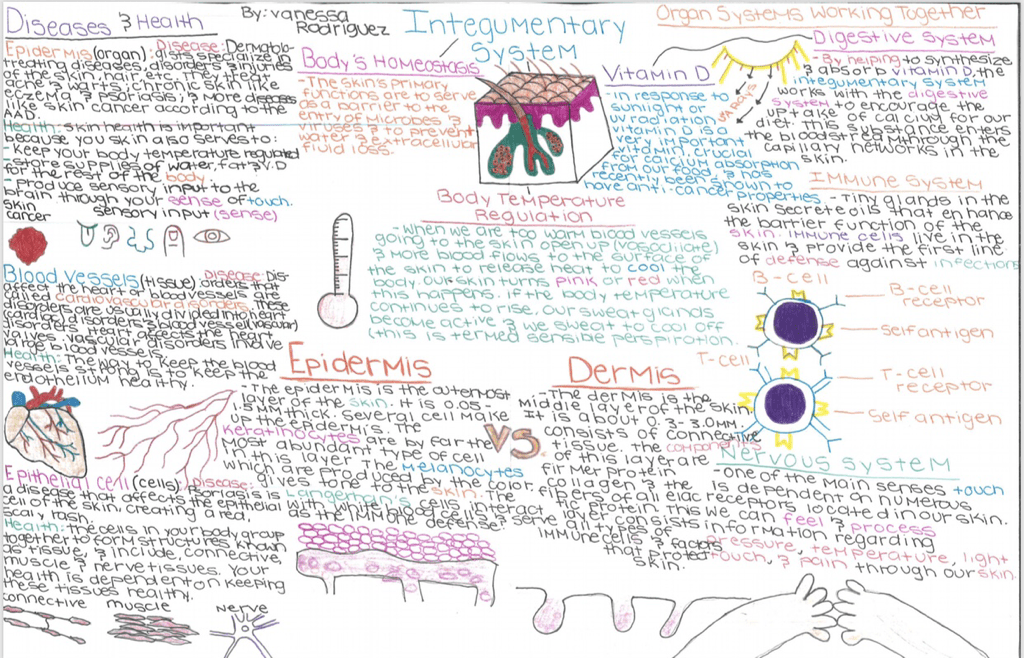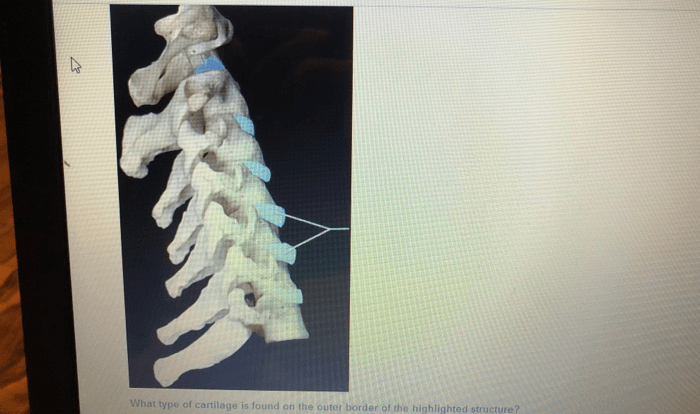Concept map of integumentary system is an essential tool for understanding the structure and function of the integumentary system. This map provides a visual representation of the relationships between the different components of the system, making it easier to understand how they work together to maintain homeostasis.
The integumentary system is the largest organ system in the human body, and it plays a vital role in protecting the body from the environment. The skin, hair, nails, and sweat glands are all part of the integumentary system, and they work together to provide a barrier against infection, regulate body temperature, and excrete waste products.
Introduction

The integumentary system is the body’s outermost layer, composed of the skin, hair, nails, and glands. It plays a vital role in protecting the body from external threats, regulating body temperature, and maintaining homeostasis. A concept map is a visual representation of the relationships between different concepts or ideas.
It can be used to analyze complex systems, such as the integumentary system, by organizing and connecting its components and functions.
Key Components of the Integumentary System, Concept map of integumentary system
The main organs and structures of the integumentary system include:
- Skin:The largest organ of the body, consisting of three layers (epidermis, dermis, and hypodermis) that provide protection, sensation, and thermoregulation.
- Hair:Keratinized strands that grow from hair follicles and provide insulation and protection.
- Nails:Hard, protective plates made of keratin that cover the tips of fingers and toes.
- Glands:Sweat glands, sebaceous glands, and mammary glands secrete substances that aid in temperature regulation, lubrication, and protection.
Relationships between Components
The components of the integumentary system interact closely to maintain homeostasis. For example:
- The epidermis protects the body from UV radiation and water loss.
- Sweat glands secrete sweat to cool the body down.
- Sebaceous glands secrete oil to lubricate the skin and hair.
These relationships ensure that the integumentary system functions effectively as a protective barrier and a regulator of body temperature.
Homeostasis and Regulation
The integumentary system plays a crucial role in maintaining homeostasis by:
- Regulating body temperature:Sweat glands release sweat to cool the body down, while blood vessels in the skin dilate to increase heat dissipation.
- Maintaining fluid balance:The skin acts as a barrier to prevent excessive water loss.
- Regulating pH levels:The skin’s acidic pH helps protect against infections.
Disorders and Diseases
Common disorders and diseases that affect the integumentary system include:
- Acne:A skin condition caused by clogged hair follicles.
- Eczema:A chronic skin condition characterized by dry, itchy, and inflamed skin.
- Psoriasis:A skin condition that causes red, scaly patches on the skin.
- Skin cancer:The most common type of cancer, caused by excessive exposure to ultraviolet radiation.
Applications in Medicine and Research
Understanding the integumentary system is essential for developing treatments and therapies for skin disorders and diseases. For example, concept maps have been used to:
- Identify potential targets for drug development.
- Develop personalized treatment plans for skin cancer patients.
- Study the effects of environmental factors on skin health.
General Inquiries: Concept Map Of Integumentary System
What is the integumentary system?
The integumentary system is the largest organ system in the human body, and it plays a vital role in protecting the body from the environment.
What are the functions of the integumentary system?
The integumentary system has a number of important functions, including:
- Protection from the environment
- Regulation of body temperature
- Excretion of waste products
- Sensation
What are the different components of the integumentary system?
The integumentary system is made up of the skin, hair, nails, and sweat glands.


